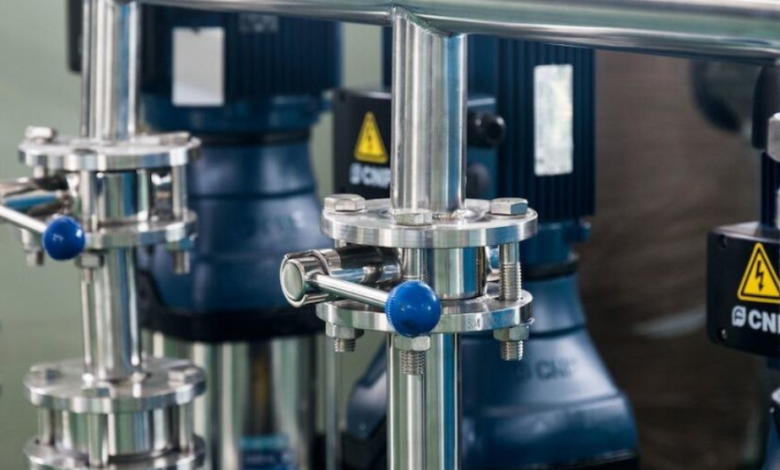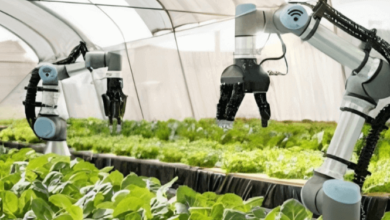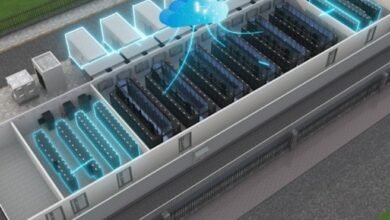Unveiling the Power of Pigging System Application in Process Industries

In the world of fluid handling and batch processing, industries face constant pressure to become more efficient, reduce waste, and meet strict regulatory and sustainability goals. From food manufacturers to chemical processors, one versatile technology has emerged as a reliable solution—pigging system application.
The use of pigging systems has quietly revolutionized how modern industries handle product recovery, pipeline cleaning, and contamination prevention. What began as a simple process in the oil and gas sector is now a multi-industry practice that offers economic, environmental, and operational benefits.
This article delves into how pigging system application works, why it’s valuable, and how various industries benefit from implementing this smart technology.
Understanding Pigging Systems
A pigging system involves a specially designed device called a “pig” that is inserted into pipelines to recover residual product, clean the line, or separate batches. The pig is pushed through the pipe using air, gas, or liquid pressure, scraping the inner walls of the pipeline clean.
The typical components of a pigging system include:
- Pig launchers and receivers
- Pigs made of food-safe or chemical-resistant materials
- Compressed air or nitrogen supply
- Flow control valves and sensors
- Automated or semi-automated control systems
The core idea behind a pigging system application is to minimize product loss, increase production efficiency, and reduce cleaning time and costs.
See also: Different Metal Bending Techniques in Manufacturing
Key Objectives of Pigging System Application
- Maximize Product Yield
Pigging systems recover nearly all usable product left in the pipeline, often as much as 99.5%. This recovered material is then redirected back into the product line, significantly improving batch yields. - Minimize Downtime and Cleaning Effort
Since the pig removes most of the residual product, fewer cleaning agents and less rinsing are required, resulting in faster changeovers and increased plant uptime. - Prevent Cross-Contamination
Especially important in food, cosmetics, and pharmaceutical industries, pigging systems ensure clean pipeline transitions between different batches or ingredients. - Reduce Waste and Environmental Impact
Less product lost, fewer cleaning chemicals used, and reduced water consumption make pigging an environmentally responsible choice.
Pigging System Application in Different Industries
1. Food and Beverage Processing
In the food industry, where hygiene and product recovery are critical, pigging systems are used to:
- Transfer liquids like sauces, syrups, juices, and dairy
- Prevent contamination between allergen-sensitive ingredients
- Reduce CIP (clean-in-place) cycle durations
Example: A sauce manufacturer saved over 10,000 liters of product annually after installing a pigging system, translating into direct cost savings and a rapid ROI.
2. Cosmetics and Personal Care
The cosmetic sector deals with expensive, often thick liquids like creams, lotions, and gels. Pigging ensures:
- Minimal residue between product runs
- Prevention of fragrance cross-over
- Efficient pipeline cleaning without dismantling equipment
This leads to significant cost reductions and helps companies maintain high-quality standards for skin and personal care items.
3. Paints, Inks, and Coatings
Color changes and solvent use make pigging particularly valuable in this industry. Common uses include:
- Recovery of paint and coating residue
- Batch separation between color transitions
- Reduction of flushing solvent consumption
Pigging dramatically reduces solvent waste and VOC emissions, helping companies meet environmental regulations.
4. Pharmaceutical and Nutraceutical Manufacturing
Strict quality control and hygiene requirements make pigging essential in pharma. Applications include:
- Moving viscous suspensions and syrups
- Cleaning lines between active ingredients
- Maintaining product purity
Pharma-grade pigging systems often feature sanitary stainless steel, sterile pigs, and automated controls for complete traceability.
5. Chemical Industry
Handling hazardous or reactive chemicals requires safety and precision. Pigging helps:
- Recover product and reduce material handling risks
- Safely separate incompatible chemicals
- Minimize operator exposure during cleaning
Many chemical manufacturers rely on pigging for cost savings and improved compliance with safety standards.
Technical Variations in Pigging System Application
Not all pigging systems are the same. They can be tailored to the specific requirements of the process. Variations include:
- Single-pig systems for simple product recovery
- Dual-pig systems for extended cleaning and separation
- Bi-directional pigging for complex pipeline layouts
- Automated pigging integrated with SCADA or PLC systems
Each setup is designed based on the viscosity of the product, pipe diameter, material compatibility, and cleaning frequency.
Key Benefits of Implementing Pigging Systems
✅ Increased Profitability
By recovering almost all product left in the pipe, companies reduce raw material loss and increase output without additional production effort.
✅ Faster Product Changeovers
Instead of long cleaning cycles, pigging allows rapid switchovers, ideal for facilities producing multiple product types in a single day.
✅ Water and Chemical Savings
Less rinsing means a dramatic drop in water consumption and chemical waste, lowering environmental impact and operating costs.
✅ Improved Quality Assurance
With cleaner pipes and better separation, quality and compliance with hygiene or safety standards are enhanced.
✅ Sustainability and Environmental Compliance
Pigging contributes to corporate sustainability goals by supporting zero-waste operations and resource conservation.
Case Study: Pigging in a Beverage Production Plant
A mid-sized beverage company implemented a pigging system in its juice production line to recover product between batches.
Before Pigging:
- 6 liters lost per batch
- 20-minute cleaning cycle using 100 liters of water
- Risk of flavor contamination
After Pigging:
- Less than 0.5 liters lost per batch
- Cleaning time reduced to 5 minutes
- Water usage cut by 85%
- ROI achieved in under 8 months
This real-world result demonstrates how a practical pigging system application can improve process control, reduce costs, and deliver tangible environmental benefits.
Challenges to Consider
While pigging systems offer significant benefits, implementing them requires careful planning:
- Initial investment cost can be high but is usually offset by quick ROI
- Pipeline design must be compatible with pigging (e.g., no tight bends or sudden diameter changes)
- Material selection for pigs and valves must suit the process fluid
- Automation may require integration with existing PLC/SCADA infrastructure
A well-designed pigging system is a long-term asset—but it’s important to partner with experienced vendors for tailored solutions.
Final Thoughts
The growing adoption of pigging technology across sectors is proof of its value. A thoughtful pigging system application is not merely about cleaning pipelines—it’s about transforming operational efficiency, reducing waste, and enhancing profitability.
From ketchup manufacturers to pharmaceutical giants, industries worldwide are reaping the rewards of pigging by recovering product, saving time, reducing resource consumption, and supporting sustainability efforts.
As global industries continue evolving, pigging systems will remain a trusted tool in the pursuit of leaner, greener, and smarter operations.





